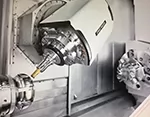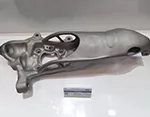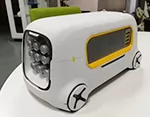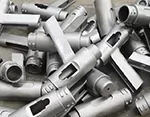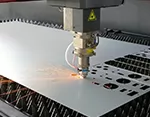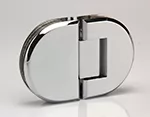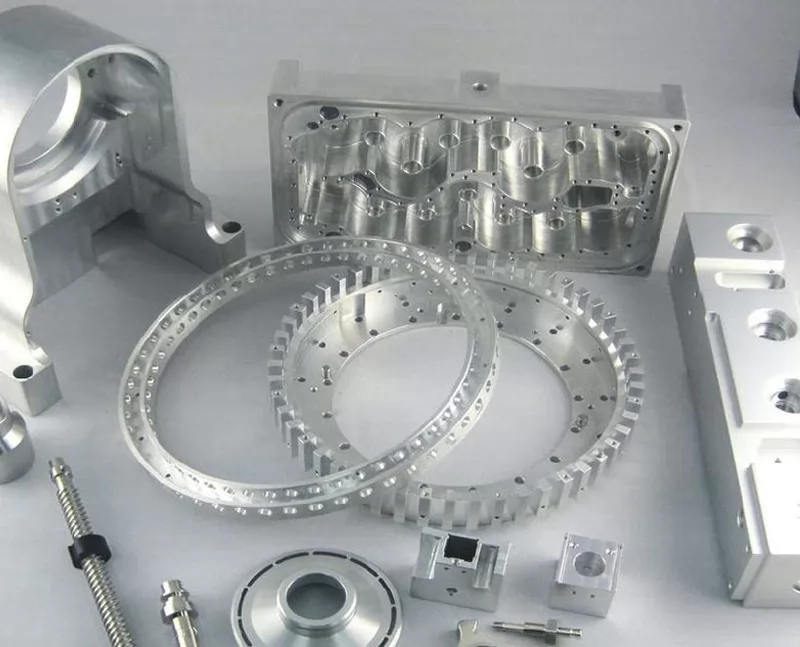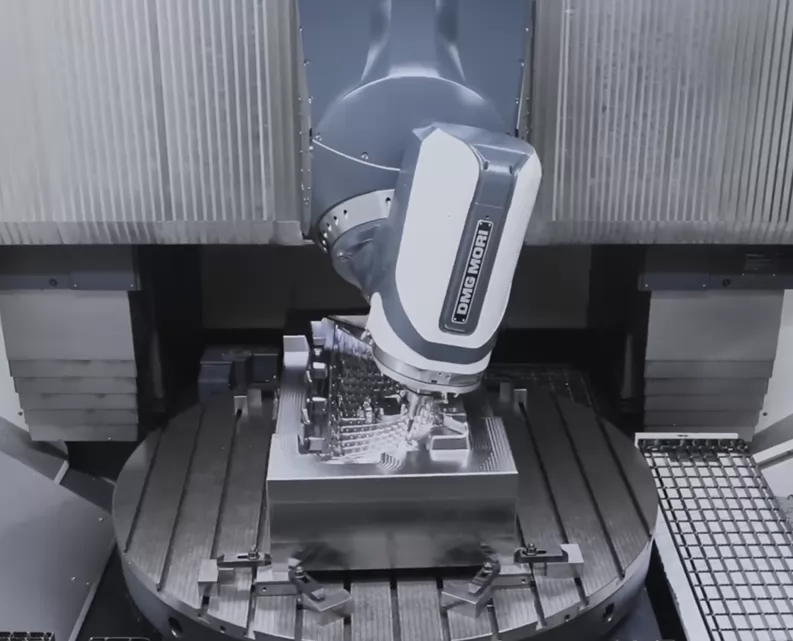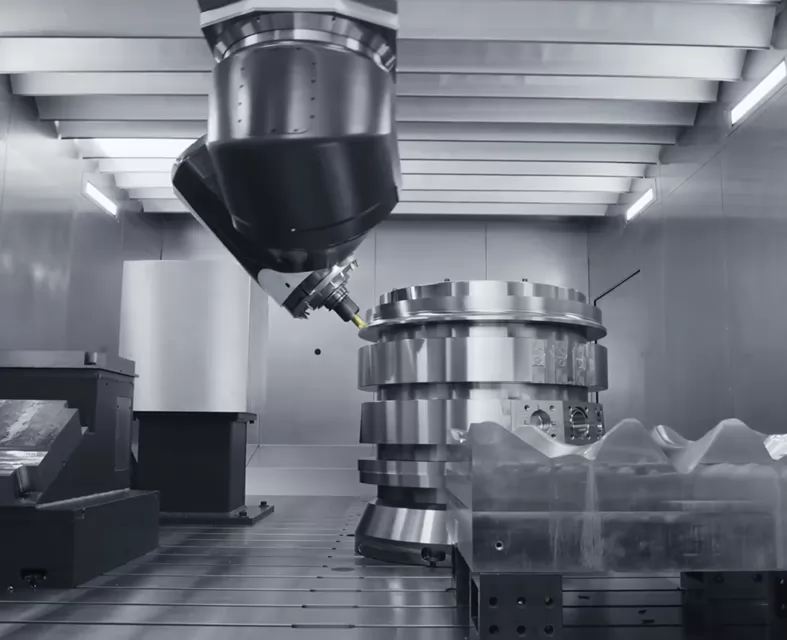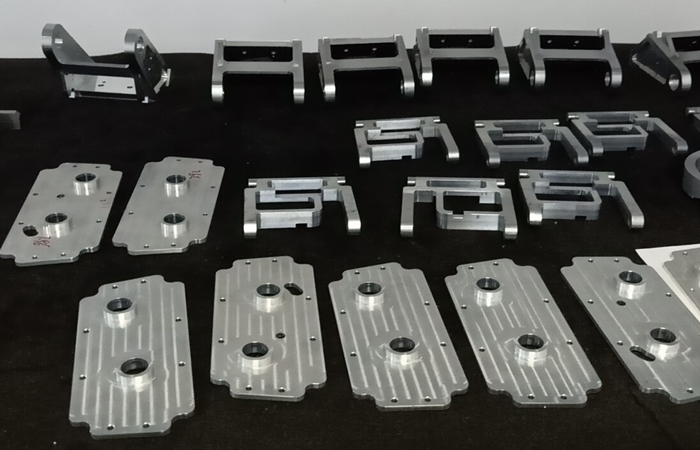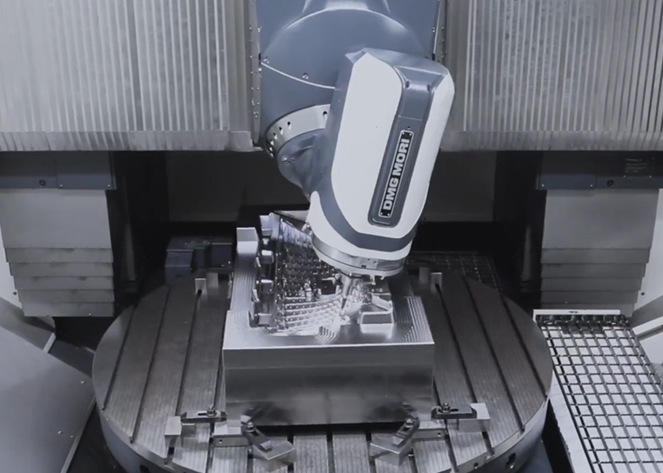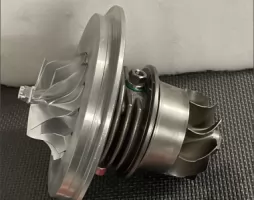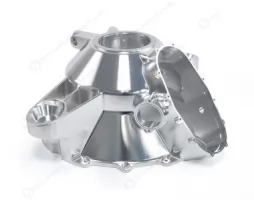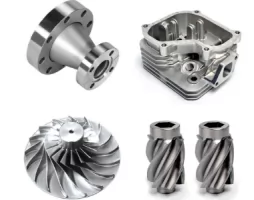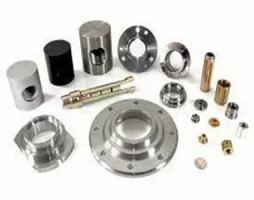-
Service
+
- CNC Precision Machining Service +
- Multi-Axis Simultaneous Machining Service +
- CNC Turning Service +
- Metal 3D Printing Service +
- Rapid Prototyping Service +
- Die Casting Service +
- Sheet Metal Fabrication Service +
-
Finish Serivces
+
- Polishing
- Grinding
- Brushed Finish
- Sand blasting
- Painting
- Powder Painting
- Anodizing
- Hard anodizing Service
- Passivation
- Zinc Plating
- Nickel Plating
- Chrome Plating
- Blackening
- Black Zinc Plating
- Teflon Coating
- Titanium Coating
- DLC Coating
- Laser Marking
- Silk Screen Printing
- Transfer Printing
- Micro Arc Oxidation
- Industries +
- About Us +
- Resource +
- Contact Us
- Quote

-
Service
-
>
-
>
-
>
-
>
-
>
-
>
-
>
-
>
-
- Industries
- About Us
- Resource
- Contact Us
What Is Difference between 3-axis and 5-axis CNC?
Computer numerical control (CNC) machining is used to create repeatable and high-quality complex parts across a wide range of industries. Technology has been around since the late 1950s and has improved over time.Computer numerical control (CNC) machining is used to create repeatable and high-quality complex parts across a wide range of industries. Technology has been around since the late 1950s and has improved over time.
Computer numerical control (CNC) machining is used to create repeatable and high-quality complex parts across a wide range of industries. Technology has been around since the late 1950s and has improved over time. Due to the limitations of traditional CNC machining methods, many companies began to look for alternatives. In response, manufacturers began creating and using multi-axis machines.
Multi-axis machining is an advanced form of CNC machining that uses more than one axis to create a part. This type of machining allows manufacturers to produce parts with complex shapes that would not be possible with traditional machining processes. It also allows them to produce parts at a much faster rate while allowing better control of the material being machined. It is more accurate than conventional CNC machines and allows the use of a wide range of different materials to create high-quality products.
Different types of multi-axis CNC machining are used, depending on the type of material and the shape of the end product. The most common of these are 3-axis machining and 5-axis machining. This article provides insight into 3-axis machining versus 5-axis machining.
3-Axis Machining
What is 3-axis CNC machining?
Three-axis milling has evolved from the practice of rotary filing and is a milling process that operates on the X and Y axes. In 3-axis machining, the workpiece remains motionless while the cutting tool moves along all three axes to mill the part. 3-Axis machining remains one of the most widely used techniques for creating mechanical parts for automated/interactive operations, slotting, drilling, and cutting sharp edges. Because 3-axis machining operates on only 3 axes, it is relatively simple to remove material represented by front to back, left to right, and top to bottom on these 3 axes.
Although 3-axis machining is a more basic process, it may be ideal for your machining project, depending on your production size, workpiece requirements, accuracy and finish constraints, materials used, and your holding capacity.
What is 5-axis CNC machining?
Five axes refer to the three axes of movement X, Y, and Z plus any two axes of rotation. In contrast to common three-axis (x, y, and z degrees of freedom) machining, five-axis machining refers to the machining of parts with more complex geometries where the machining tool needs to be positioned and connected across five degrees of freedom. They use several different axis configurations to perform the machining operation. (CNC machining: 3-axis machining vs. 4-axis machining vs. 5-axis machining)
5-Axis CNC Machine
3-axis machining vs 5-axis machining
The main difference between 3-axis and 5-axis milling machines is that the former can machine workpieces from three axes and the latter from five axes. Both are highly versatile, automated, and reproducible production processes that will allow you to create accurate parts quickly and economically. However, you may choose to use one over the other for a variety of reasons.
If you have a limited budget or only need to cut a single flat surface, a 3-axis machine may be the way to go. As well as being more affordable than a 5-axis machine, 3-axis machines are simpler to program, so you don't have to incur the expense of working with an expensive expert programmer and operator. In addition, the lead time for 3-axis machining is much shorter.
If you need to produce deeper parts or parts with complex geometries, you may want to use 5-axis machining. With a 5-axis machine, you can machine the part from all sides - no manual rotation is required. With 5-axis machining, you will have higher throughput, greater accuracy, and freedom of movement, as well as the ability to manufacture larger parts faster.
For more information and consultation, contact us here!

